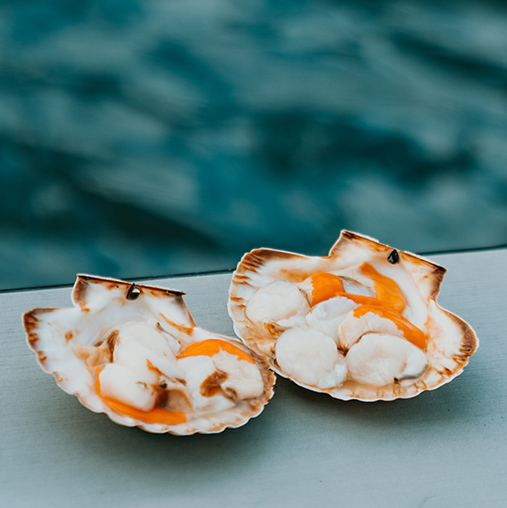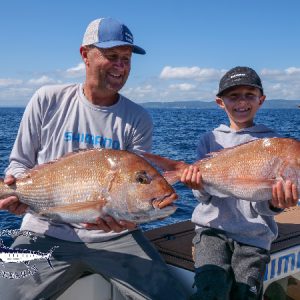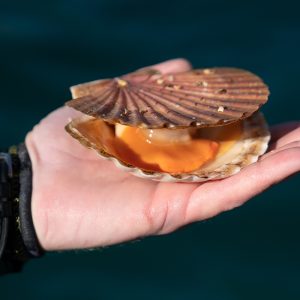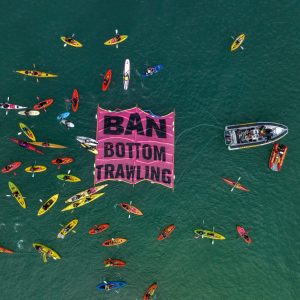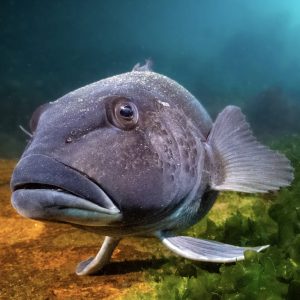This article was originally published in Local Matters. 28 October 2025.
It’s hard to believe it’s been three years since we were last able to gather and savour fresh scallops from our own backyard. For many of us, sharing a feed of scallops was woven into our coastal lifestyle, connecting friends and family.
Decades of mismanagement, overallocation, and the destructive use of Victorian box dredges drove our scallop populations to collapse across the Hauraki Gulf Tīkapa Moana Marine Park, including the Coromandel and Bay of Plenty.
It was only after sustained pressure from the local iwi and hapū that in 2022, then Minister David Parker moved to close the Coromandel scallop fishery, extending from Cape Rodney, through the Coromandel and ending in the Bay of Plenty.
While necessary, this closure was no cause for celebration. Closing a fishery signals a failure of effective management.
Fast forward to today, and the wait is not yet over.
Recent surveys by Fisheries NZ and NIWA assessing scallop abundance across key scallop beds within the Hauraki Gulf Marine Park showed mixed results. Some localised recovery was seen around Mercury Bay in the Coromandel since the closure but there was little recovery elsewhere.
Experts warn it may take several years before the scallop population rebuilds to a level that restores their role in the ecosystem, while providing for all harvest and future generations’ needs.
While in the recovery mode, now is the perfect opportunity to rethink how we manage scallops, so future generations don’t miss out.
LegaSea and the New Zealand Sport Fishing Council have joined forces with a coalition of iwi, environmental groups, local associations, and industry experts to promote a bold new plan for our scallop fishery.
At the heart of the draft plan is one clear principle that abundance must come first. This means leaving behind destructive fishing methods such as dredging. That’s because the scars of industrial dredging in the Gulf remain, responsible for wiping out more than 500 square kilometres of green lipped mussel beds in the 1960s.
The draft restoration plan promotes only selective, low-impact harvest methods such as hand gathering using breathing apparatus.
However, addressing the symptoms of broken management is no use if scallops are still managed under the very system that drove it to collapse.
The Quota Management System (QMS) that regulates commercial fishing in New Zealand continues to prioritise private quota shareholders’ interests above the interests of the public and marine environment.
If we want abundance, scallops must be removed from the QMS. This would require the government to invest in buying back scallop quota shares in the Coromandel scallop fishery.
Once scallop beds have recovered to a level to allow for sustainable harvest, commercial permits would be issued in place of quota. A permitting system offers flexibility, allowing catch limits to be adjusted quickly in response to environmental monitoring, ensuring scallop stocks are rebuilt and maintained at abundant levels.
To sustain a year-round supply and future harvest, scallop aquaculture is worth exploring.
The draft plan presents a rare opportunity to break the status quo and ensure we pass on a healthier fishery to our future generations.
